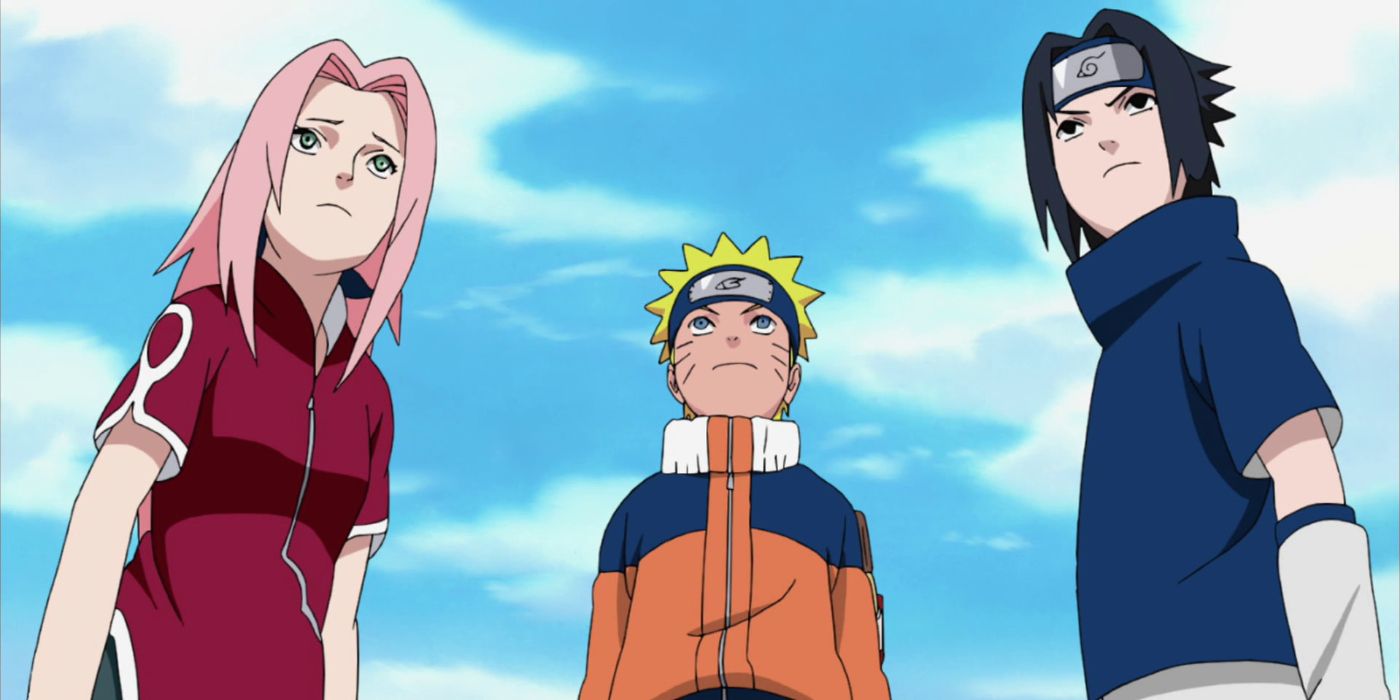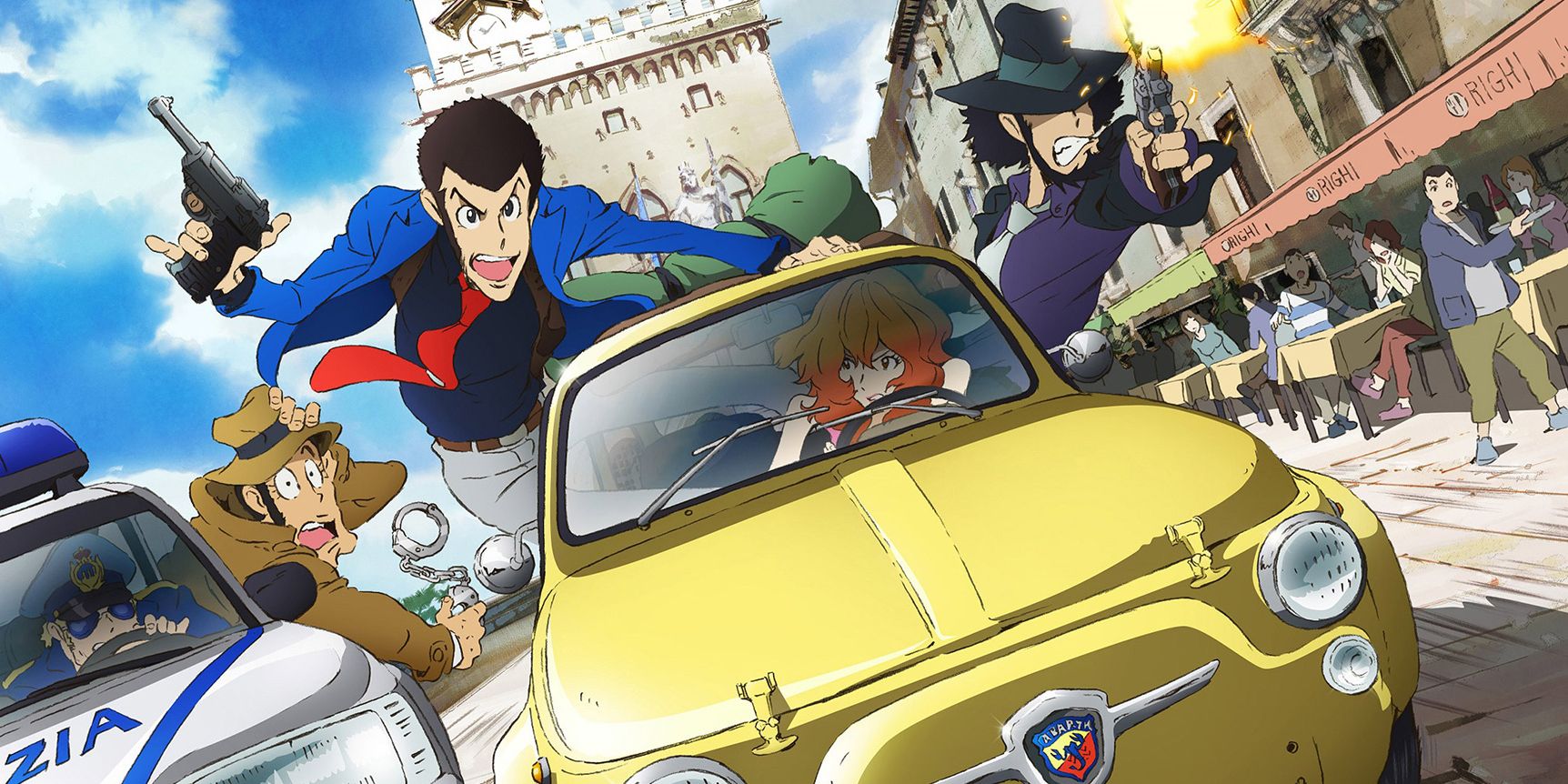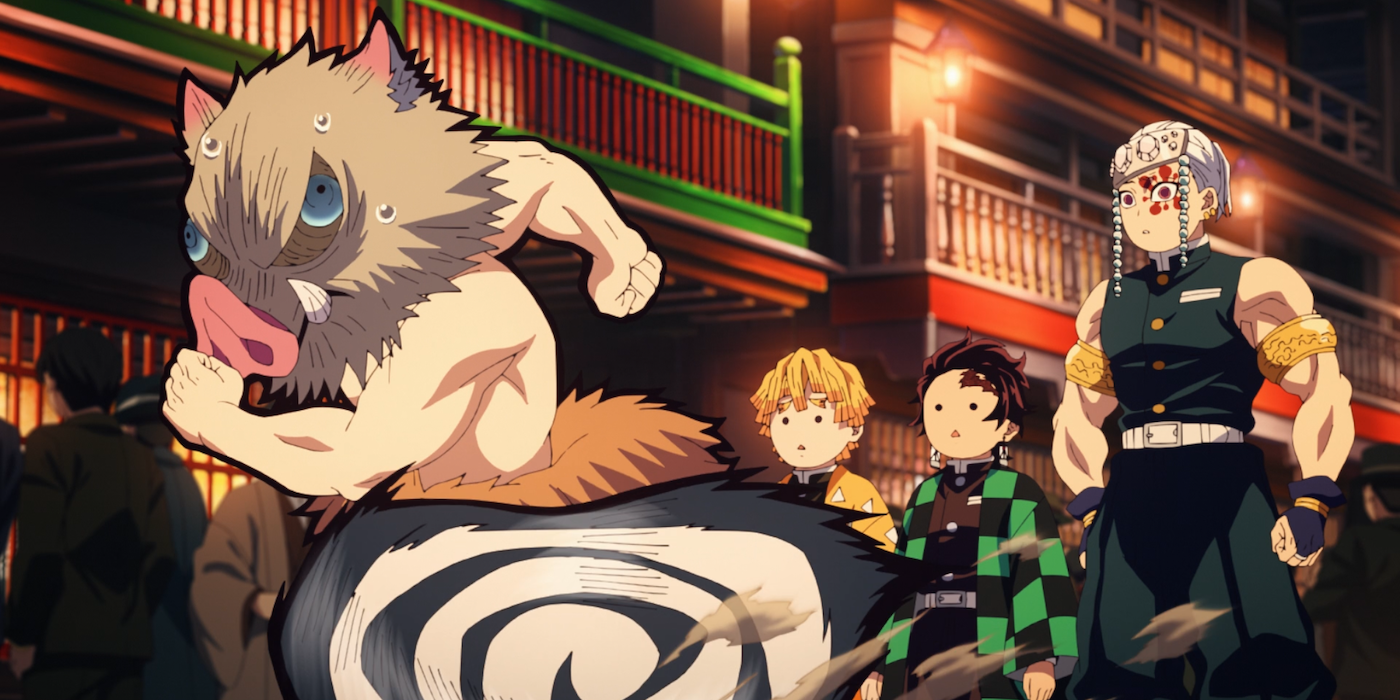Good things come in threes. The number three has a lot of good connotations in many cultures, in fact, and there is something oddly satisfying about how perfectly events tend to work in that structure. Since this is a phenomenon that is colloquially reported on in real life, it makes sense that the rule of three would find its way into popular culture. Anime is no exception to this fact and this foundational idea is most readily found in the core protagonists of shonen anime.
From Naruto to Demon Slayer to My Hero Academia and more, there is a pattern to be seen that crosses secondary genre and subject matter. There is the fact that at the core of many of these lauded series live some iconic anime trios that fans can name in their sleep. There is always a certain balance to them as well; usually someone hot-headed, someone more level, and someone more cool and detached. This specific dynamic can trace its roots all the way back to the father of psychoanalysis, Freud himself. Understanding a little bit more about how this dynamic was first established can go a long way in helping lovers of anime dissect and better understand their favorite trios.
What Is The Freudian Trio, And How Does it Function?

The Freudian Trio is a dynamic that can be seen cross-culturally and in all forms of media. The concept comes from Freud's structural model of the psyche and is defined by the Id, the Ego, and the Super-Ego. These three act as constructs for the basic structure of mental life and the layers of the human psyche. These three concepts work in concert and in opposition to each other as a way to create a balanced human being when controlled. The id is the arbiter of the most instinctual, primal parts of the mind and acts on a disorganized passion for the sake of immediate gratification. The super-ego acts as the critical analyst, often acting devoid of emotional consideration and in the interest of perfection. The ego is the balance between these two and often has a more realistic outlook that helps in mediating the influence of the id and the super-ego to come to a more actionable thought process. Freud made the claim that the ego, the person, is basically always trying to stay astride a horse. It is up to the rider to take its raw power and turn it into something controlled and useful in the grander scheme of things. Freud codified the model in 1923, inadvertently changing the landscape of media going forward.
These concepts should already sound particularly familiar to consumers of media in general. One of the most famous versions of this trio is seen in the original Star Trek with McCoy (Id), Kirk (Ego), and Spock (Super-ego). The idea behind these trios is to have two foils and a balance. The balance, the character playing the role of the ego, is usually the leader of their trio and has to keep the peace and rely on their partners in order to find the best ways to proceed. The two foils often have a way of generating conflict in the group, and it is their more rigid character traits that can work to make a situation worse or better. As the story progresses, there is often a shift that redistributes the dynamic in the group and creates a new tension for the main characters to overcome as they all find their way to reaching their own sort of internal balance.
The existence of this trio in storytelling has a major impact on how stories are told. There is the question of how character development works for characters that have such well-defined roles within their group. Changes to the dynamic itself can have huge narrative impacts that shift the nature of the stories in which they appear. Having a writing tool like the Freudian Trio creates a natural tension in the core characters of a cast that can keep things incredibly interesting. Having push and pull in a narrative is a way for writers to keep the audience engaged. These tropes have worked so well for so many years that it makes total sense that these trios would become more and more common in anime, especially shonen anime.
Anime Has Used This Trope To Great Effect
If there is a good trope to be explored, anime will often find unique and fun ways to explore it. The Freudian Trio is no exception to that and there are more than a few examples of the trope across anime. Shonen anime in particular has a love for the trope and there are plenty of amazing trios to point to. But there are a few trios so iconic that it is impossible not to talk about them.
Lupin III (1967)

One of the earlier examples of this trope, Lupin III is one of the few examples where the ego is not the leader of the group. Lupin himself is the Id, hedonistic, and mainly motivated by his love of money and women. The ego role actually falls on Jigen, the gunman who is often in charge of cleaning up after Lupin. The super-ego is Goemon, the incredibly traditional swordsman who is always cool under pressure. There are a lot of times throughout the long-running series when the three of them are split up, and it often leads to them getting into situations that are made harder because of someone's absence.
Though more episodic, the trio is one of the more straightforward examples of the trope. There isn't a lot of shift in their characters over the years as they each have their hidden depths, but their balance is one of the easiest ones to achieve. While most Freudian Trios find a way to work together, these three are already consummate professionals with each other in most Lupin III stories and this established balance needs to be thrown off as a source of tension, making them unique among their fellows.
Demon Slayer: Kimetsu no Yaba (2016)

The Freudian Trio in Demon Slayer is probably one of the better examples of the extremes of this trope. Tanjiro, the ego, is the de facto leader of the three of them. As an older brother and a determined young man, he is often the most level-headed in any situation, not just those that involve the other members of his group. Inosuke is one of the more extreme representations of the id, literally channeling instinct and his sense of touch as he was raised by a boar. He is violent and aggressive with nothing to stand in his way. Zenitsu is a genius despite his cowardice and, as the super-ego, has the most intense fears and rationalizations for his behavior throughout the series.
This trio's main impact is in how they shift and change within their roles. They tend to be a bit more fluid in their representations, but they also always snap back to their status quo eventually, even as they change and grow. There are moments where Tanjiro gives into his own baser instincts and where Inosuke comes out as the voice of reason. Their balance and connection work to create something of a codependency on each other as their situation grows more and more dire.
Naruto (1999)

Naruto is perhaps one of the more interesting examples as almost all the school-age characters are separated out into their own Freudian Trios. The rule of three is in full effect in Naruto, and it persists all the way through. Even more interesting is that the main trio of Naruto, Sasuke, and Sakura is one of the more fluid and changing examples. Naruto begins the manga as the Id of his group but develops into the ego. Sasuke starts as the super-ego and devolves into the Id before reclaiming his place later on. Sakura starts as the ego and moves through all three roles as the story requires with her own id having a very loud presence at the beginning of the series.
Naruto was particularly foundational for the use of the Freudian Trio in modern anime, with the trope now completely ubiquitous. My Hero Academia, Chainsaw Man, Jujustsu Kaisen, and more really draw on Naruto as the progenitor of the trios they lean on. They have taken the fluid energy of Team 7 and adjusted it as needed for their own characters. The Freudian Trio has become as familiar in anime as power creep and end credits having the protagonists running next to a river.

